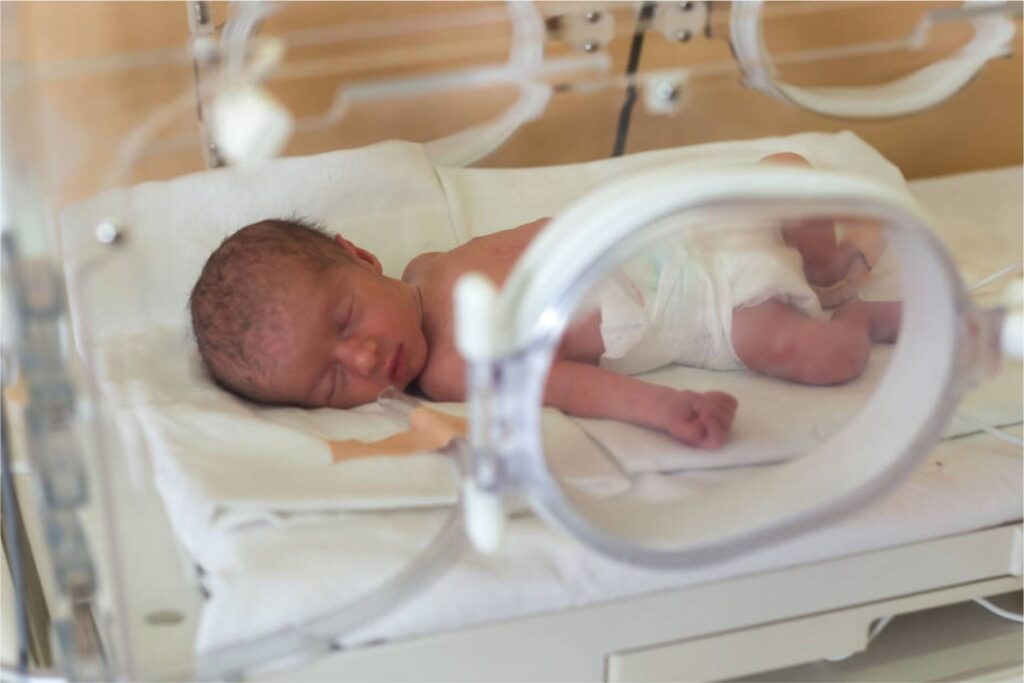
While India has made progress in reducing low birth weight over the past three decades, four states, Uttar Pradesh, Bihar, Maharashtra, and West Bengal, still account for nearly half of all cases, according to a new analysis published in BMJ Global Health.
An analysis of five rounds of the National Family Health Survey (NFHS) between 1993 and 2021 shows a decline in the nationwide incidence of low birth weight—from 26% in 1993 to 18% in 2021. Despite this progress, around 42 lakh babies were still born under 2.5 kg during the 2019–21 period, with nearly 47% of these cases concentrated in just four states.
Weighing less than 2.5 kg at birth can be a sign of poor maternal health and nutrition. It also raises the risk of developmental delays and long-term chronic health conditions in the child’s later years.
Also Read | UN study flags financial stress as major barrier to parenthood in India
Researchers from Duke and Harvard Universities, along with South Korean institutions, found that low birth weight remains closely tied to maternal health, nutrition, and socioeconomic status. Babies with both low weight and smaller-than-average size were “considerably more likely” to be born to mothers with minimal education and from the poorest households, the study noted.
While Rajasthan had the highest prevalence in 1993 at 48%, Punjab and Delhi topped the list in 2021, each reporting 22%. Mizoram and Nagaland consistently reported the lowest rates across the years.
“Low birth weight is likely underreported among unweighed children, who often come from underserved areas with limited healthcare access,” the authors noted. Calling for targeted interventions, the researchers stressed the need to address disparities in socioeconomic status and strengthen health infrastructure.








